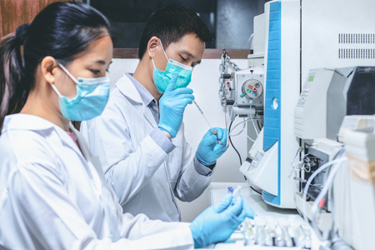Drug-Protein Interaction: Limitless Application Of Mass Spectrometry In Target Engagement, Intact Mass And Peptide Mapping Analysis

In drug discovery, accurately identifying target proteins and quantifying drug-protein complex formation over time is critical to determining effective dosing and evaluating therapeutic potential. Traditional detection methods, such as ELISA, offer high throughput and sensitivity but fall short when dealing with novel targets or when absolute accuracy is required due to their limited ability to detect contaminants and risk of false positives. ELISA development is also time- and reagent-intensive.
Mass spectrometry (MS), by contrast, provides unmatched specificity and accuracy, enabling detection of low-abundance drug-protein complexes and profiling impurities, including host cell proteins (HCPs) that may affect drug safety and efficacy. While initially more complex, MS becomes cost-effective over time with validated methods and offers comprehensive insight into drug-target interactions.
In this article, we highlight a study by Aragen’s DMPK team focused on using mass spectrometry to quantify drug-protein complexes and accurately determine Kinact and Ki values. The key challenge addressed was optimizing the target protein-to-drug ratio to ensure a sensitive, unbiased, and robust assay.
Get unlimited access to:
Enter your credentials below to log in. Not yet a member of Bioprocess Online? Subscribe today.
